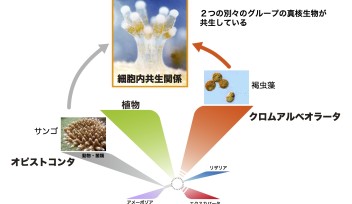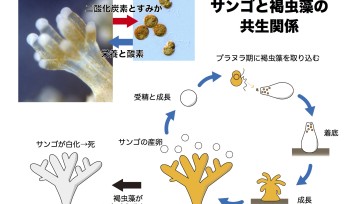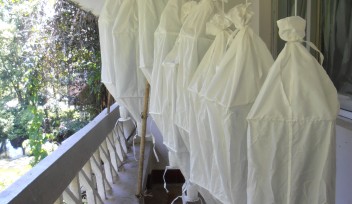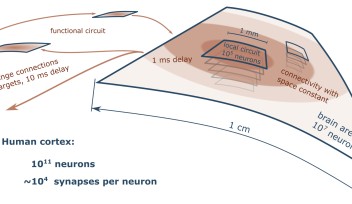Microcontact printing process
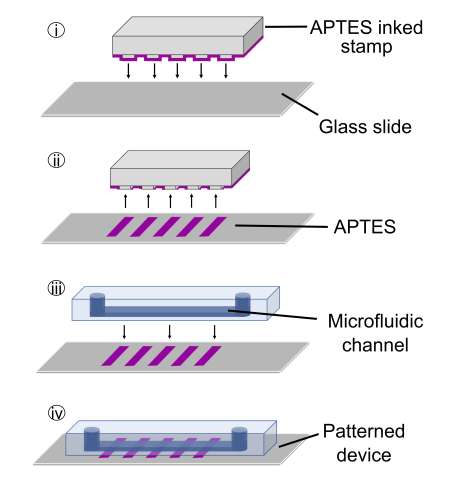
First, a flexible stamp is inked with the APTES solution (i). The stamp is then pressed onto the glass surface (ii). A microfluidic channel is placed over the APTES pattern on the glass (iii), and the device is ready to be used to immobilize bioreceptors and, eventually, to help make a diagnosis (iv).
First, a flexible stamp is inked with the APTES solution (i). The stamp is then pressed onto the glass surface (ii). A microfluidic channel is placed over the APTES pattern on the glass (iii), and the device is ready to be used to immobilize bioreceptors and, eventually, to help make a diagnosis (iv).
Copyright OIST (Okinawa Institute of Science and Technology Graduate University, 沖縄科学技術大学院大学). Creative Commons Attribution 4.0 International License (CC BY 4.0).
Tags










